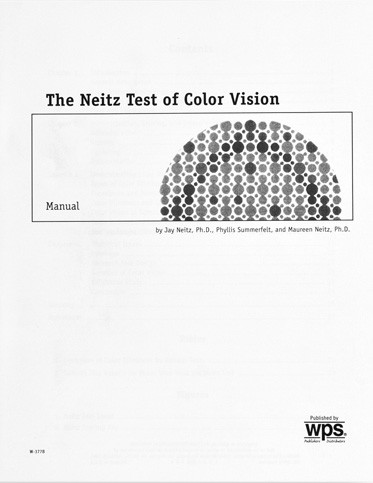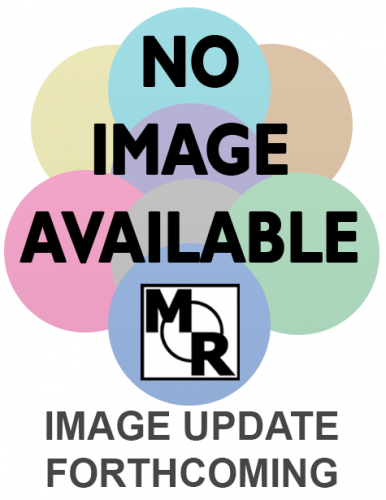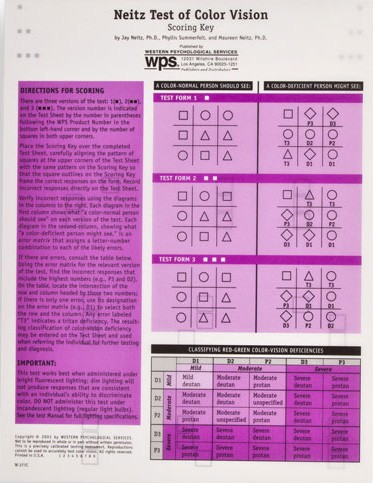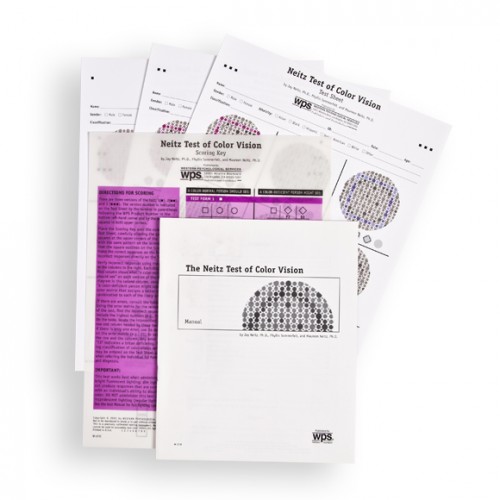Neitz Test of Color Vision (NEITZ)
Complete Kit
- Ages PreK - 12
- Testing Time less than 5 minutes
- Administration Individual / Group
-
Product Code W-377 ( MR #050396 )
* Qualifications required to purchase this item. Click here to complete the qualifications form.
* Regional restriction: This item is only available for sale within Canada.
Price $122.40
Contents
-

Neitz Test of Color Vision (NEITZ)
Neitz Test of Color Vision Manual
*Not available separately (package component only)
-

Neitz Test of Color Vision (NEITZ)
Neitz Test of Color Vision - Test Sheet Versions 1, 2 & 3 (10/each)
*Not available separately (package component only)
-

Neitz Test of Color Vision (NEITZ)
Neitz Test of Color Vision Scoring Key
*Not available separately (package component only)

 Proud to be Canadian
Proud to be Canadian